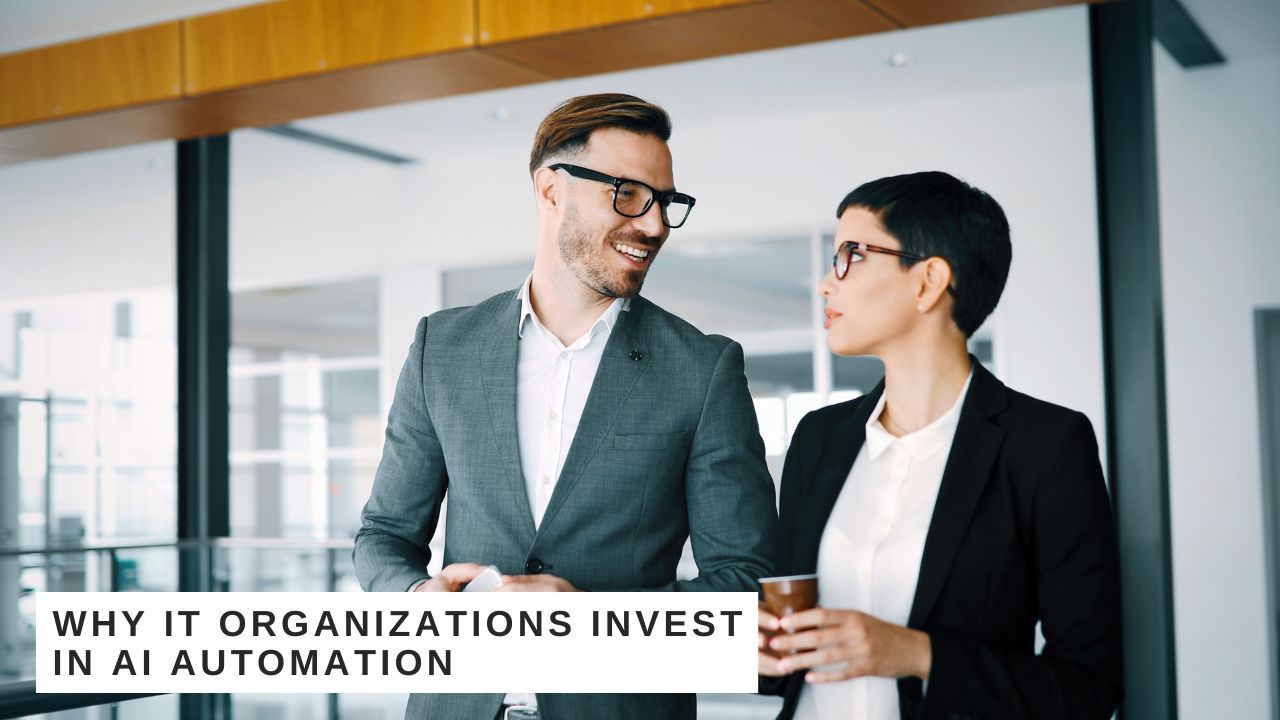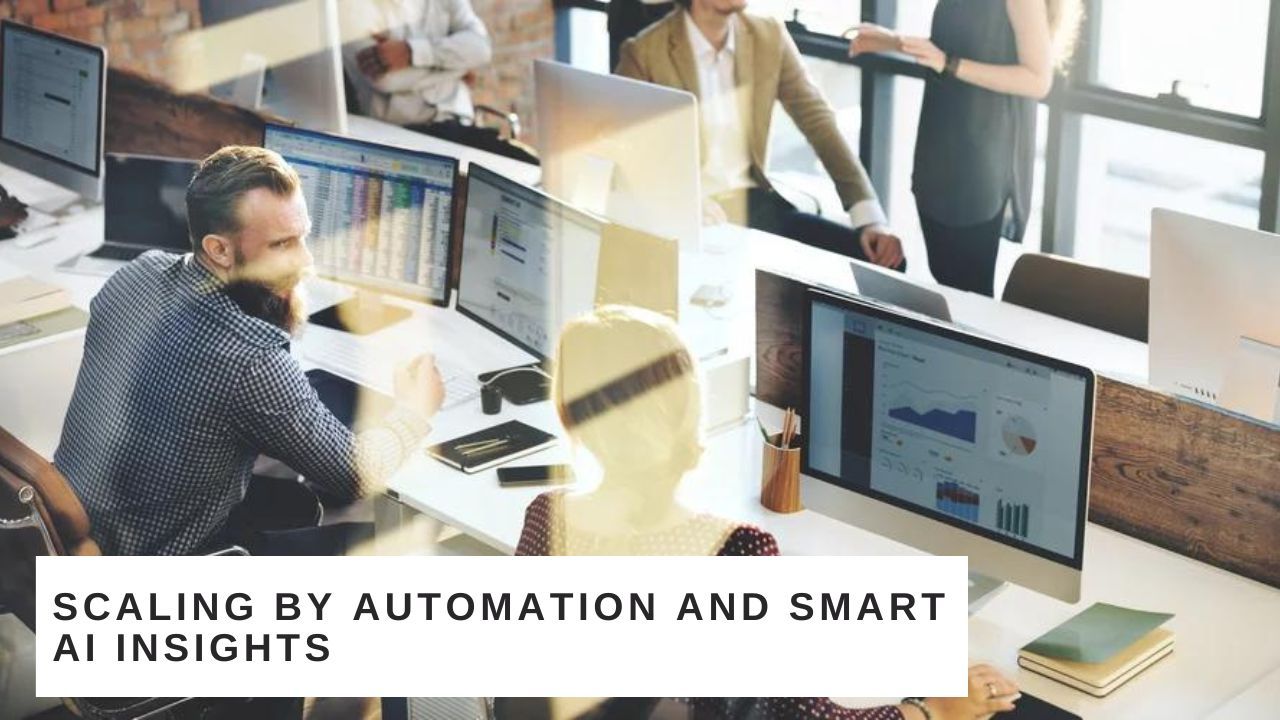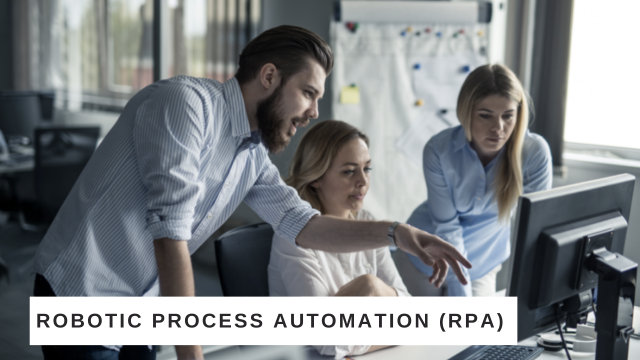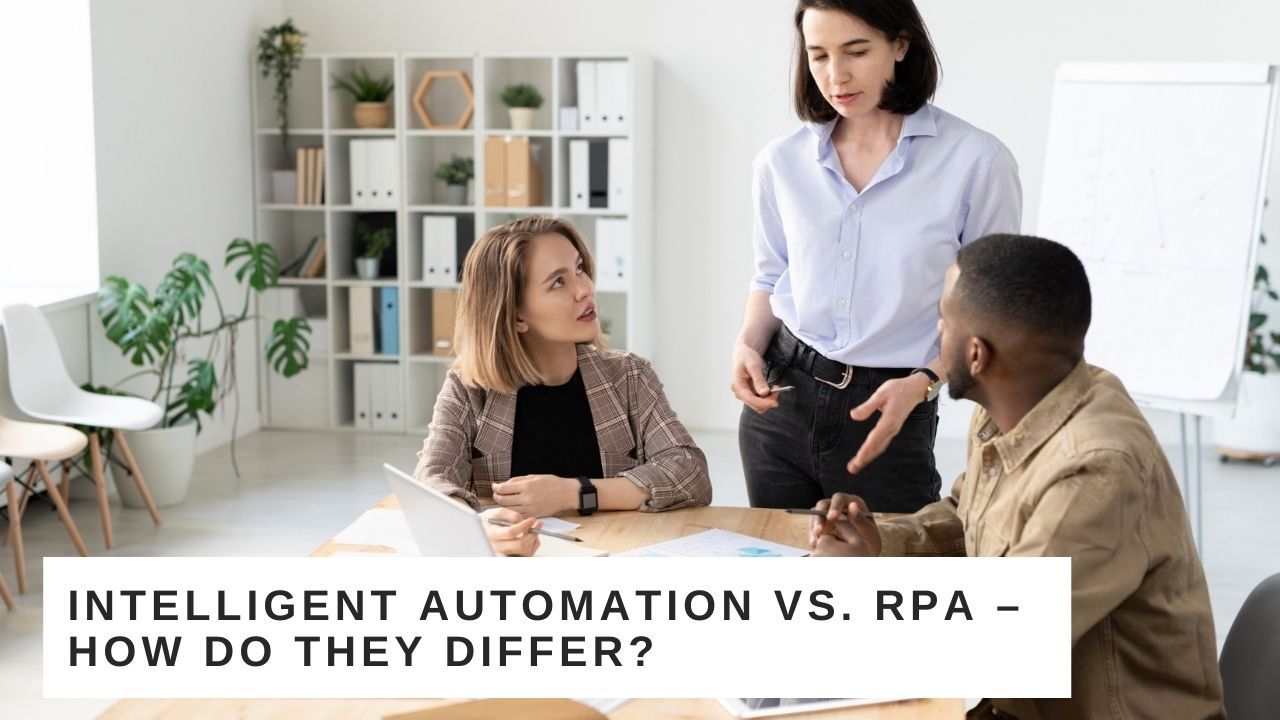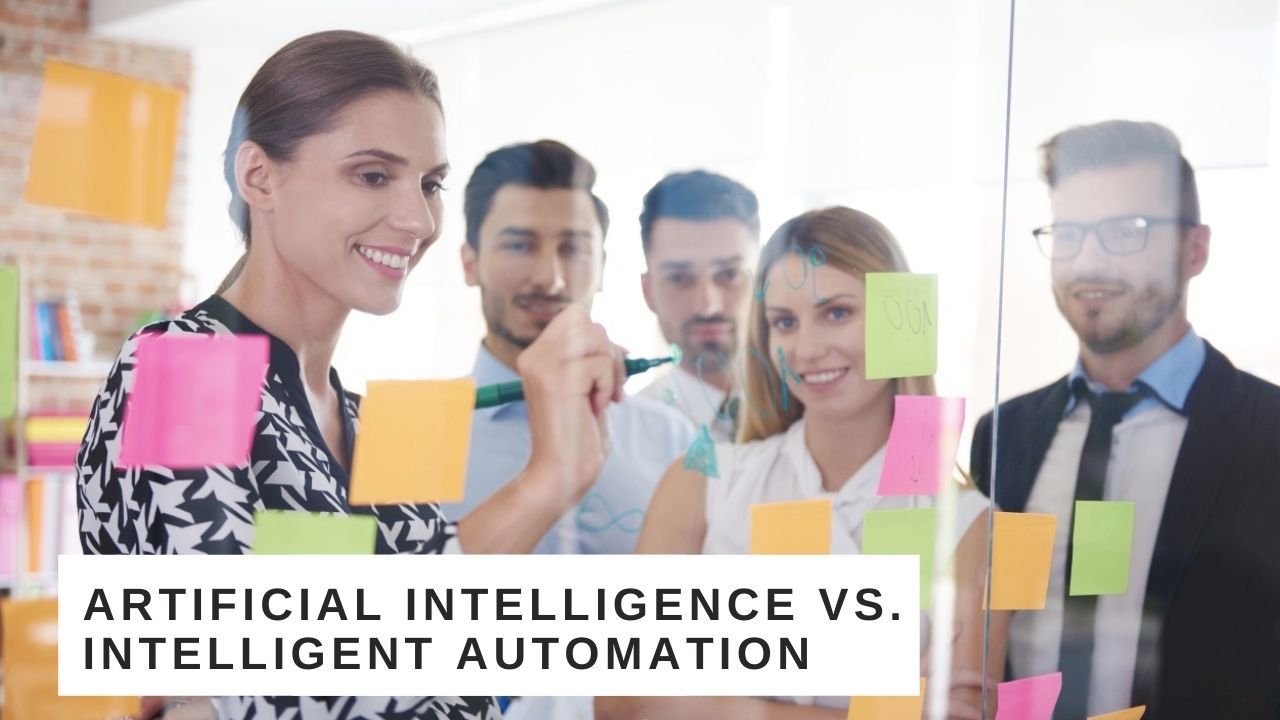Put It Forward’s Top Strategic Data Technology and Market Trends for 2021
Put It Forward’s Top Strategic Data Technology and Market Trends for 2021
Cross cloud business platforms, democratized AI, hyper-personalization and orchestration based operational models are some of the top trends for 2021
When the great reconfiguration of our way of living including health, education, commerce and communication is completed several dominant trends will have emerged. On the way through this reconfiguration; organizations are grappling with the digitization of their processes, ways of working and engaging with the ecosystem they are part of.
Consider the organization that used to be entirely focused on marketing directly to consumers and selling through channels while relying on industry experts to influence the market to drive the commercial side of their business. Which has now completely re-engineered itself for marketing and selling directly to its customer while using sentiment analysis to predict propensity to purchase and cross or upsell through a contactless digital experience.
This collection of advanced technologies and capabilities used to be thought of separately as niche interests but now are being brought to the frontline by organizations looking for relevancy and a path forward in the reconfiguring of our economy. This system of intelligence approach to business platform operationalization is something Put It Forward sees as a dominant near term trend.
1. Personal Health Risk Data
2. Distributed Team Operations
3. Automation (RPA) at Scale
4. AI Predictive Analytics in Dev Ops
5. Insight Democratized - Organizational AI
6. Cross Cloud Business Platform
7. Above the API Value Innovation
8. Hyper-personalization - Segments of One
9. Sensor Tech - IoT for Engagement
10. Orchestration - Composable Businesses
1. Personal Health Risk Data
Personal health will continue to dominate the decision making process on an individual and group level throughout 2021 but will largely be determined by data at the personal level. Contract tracing, local conditions and community level data driven decisions together inform an individual how to reduce or manage exposure risk.
Benefit: Better personal decision making, group harm reduction
Risk: Uneven distribution of data, contact tracing functions and opting out of responsibility
2. Distributed Team Operations
Aspects of the economy have demonstrated that operations from anywhere are possible, if not an improvement in overall productivity. Distributed teams and functions will accelerate in the next year and processes created to take advantage of it will likely remain.
Benefit: Greater resource pool to work with, efficiency and productivity gain
Risk: Operational cohesion, culture fragmentation
3. Automation (RPA) at Scale
RPA at scale is about breaking out of the local automation bubble into the broader enterprise. As RPA began as a step function in lob’s that needed an efficiency gain, it will now be tested in the broader enterprise.
Benefit: Efficiency and adaptability
Risk: Security, process integrity and rework triggered by core system upgrades
4. AI Predictive Analytics in Dev Ops
AI will find its way further into the IT dev ops processes and stacks to facilitate the scaled use of modelling technology and solutions for the enterprise. This will mark a shift from specialized projects and research into more standardized operational processes. Coming with the technology are issues related to trust, bias and compliance.
Benefit: Better use of the enterprise data asset
Risk: Lack of management and deployment skills
5. Insight Democratized - Organizational AI
In parallel to the wider adoption of AI and ML in the enterprise, is the increased use of insight driven tools, and solutions further away from the core. Meaning that as more automation coupled with an increase in data availability unlocks a set of value in the enterprise on its own. Plus point in time analytics being embedded into distributed decision making can be utilized more across the enterprise unlock further value.These two capabilities coupled together push what used to be centralized insights out further to the point of decision.
Benefit: Better decisions across the enterprise
Risk: Non uniform adoption, data governance challenges
6. Cross Cloud Business Platform
Best of breed applications have shifted to best of cloud solutions. These solutions are needed to come together more and more to form an operational business platform. Giving rise to interoperability conversations and needs to solve for as a starting point. Secondly, as organizations transform into digital ways of working as they mature or are acquired,they will need to have cloud solutions work with one another seamlessly.
Benefit: Getting the right sized solution for the challenge
Risk: Interoperability, integration and operational continuity
7. Above the API Value Innovation
New business models will continue to emerge through the api’ification of underlying technology stacks. Collaborative business models such as ride sharing, real estate and banking have demonstrated that value can be created at scale through the use of api’s. To successfully do this, organizations will need to consider their monetization and marketization of their api’s and the strategies on how to scale-up for new opportunities.
Benefit: New opportunities and improvement in defensible capabilities
Risk: Unstable api sources and contract management
8. Hyper-personalization - Segments of One
As more people operate as part of distributed teams and organizations who are not centrally located in the same communities, the need to market and engage with them still is present. How this is done at scale to personalize experiences depends on more and more granular information in parallel to more digital engagement.
Benefit: Better experiences and deeper understanding
Risk: Inconsistent application of the capability
9. Sensor Tech - IoT for Engagement
Linking experiences and outcomes through digital and analog channels requires that more and more engagement data needs to be captured. Including within digital content such as documents, webinars and applications. This means being able to create a more rich picture of engagement at the individual level. Organizations will be using and considering deploying sensor based technology that can be embedded into multiple non-traditional sources to capture this data and feed it into their personalization and analytics engines.
Benefit: Better understanding of what’s creating value in the eyes of the user
Risk: Organizational readiness and sophistication to use this capability
10. Orchestration - Composable Businesses
A composable business is one that can quickly reconfigure itself based on a change in its environment. As organizations go deeper into digital transformation strategies the agility gained will be dependent on available decisions data. The composable bits of data and information will be the defining characteristics of the future business model.
Benefits: Operational and business resilience, faster decisions, efficiency gain
Risks: Lack of sophisticated business and technology architects, mis-alignment between IT and operational leadership
